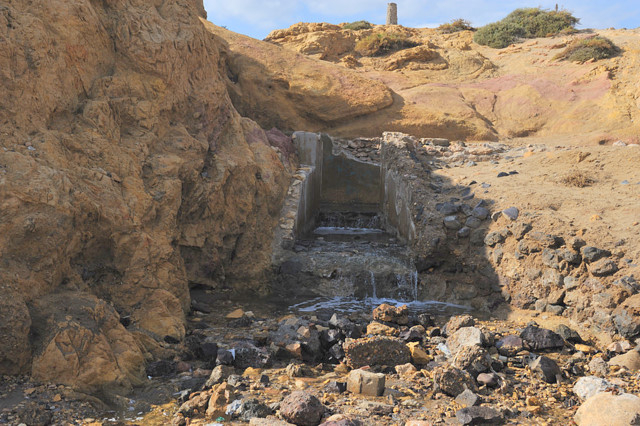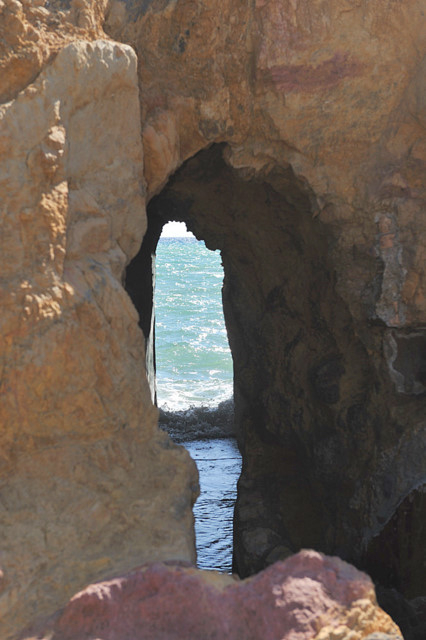

Guidelines for submitting articles to Las Terrazas Golf Resort Today
Hello, and thank you for choosing El Valle Today.com to publicise your organisation’s info or event.
Las Terrazas Golf Resort Today is a website set up by Murcia Today specifically for residents of the urbanisation in Southwest Murcia, providing news and information on what’s happening in the local area, which is the largest English-speaking expat area in the Region of Murcia.
When submitting text to be included on Las Terrazas Golf Resort Today, please abide by the following guidelines so we can upload your article as swiftly as possible:
Send an email to editor@spaintodayonline.com or contact@murciatoday.com
Attach the information in a Word Document or Google Doc
Include all relevant points, including:
Who is the organisation running the event?
Where is it happening?
When?
How much does it cost?
Is it necessary to book beforehand, or can people just show up on the day?
…but try not to exceed 300 words
Also attach a photo to illustrate your article, no more than 100kb

The salt flats of Mazarron next to Playa de la Pava
In the past there was an important salt production industry in Mazarrón

Salt production was an important industry in Mazarrón for centuries, and although the remains of this activity which exist today date from the 20th century similar infrastructures were certainly in place during the Roman era.
Under Roman rule, Mazarrón was a centre of production for garum, a pungent fish sauce, and also other products which required salt.

In this area production was generally on a fairly small scale, with independent producers each working to produce their own salt, but the remains at La Pava date from the early 20th century and a far larger. The basic technique was to create shallow, flat pools, separated by ridges and low walls to form independent flat areas.
These would then be flooded with seawater which was left to evaporate in the heat of the sun, leaving the salt behind so that it could be scraped out once dry.
A system of irrigation channels fed the beds, and production was very seasonal: during the winter the beds had to be maintained and irrigation channels cleaned and kept free from contaminating debris, the main salt production taking place during the hot summer when the water evaporated quickly.

The remains at the beach of La Pava are the original inlet channels which would have fed a vast area of "salinas" in what is now a residential area. A mechanical pump pushed the water into the flats.
Nowadays there is frequent flooding following heavy rain in the Bahia area of residential development , and this is due to the fact that the whole of the area is built on the old salt flats which are a natural collection point for rainwater. Unfortunately, the drainage systems installed in the early days of the property boom were inadequate for the volumes of rain which can fall in big storms, and the council is struggling to retrospectively install adequate drainage.
 Salt production in Mazarrón is now a thing of the past, but it is worth paying a quick visit to the Roman Fish Salting factory and archaeological museum in Puerto de Mazarrón to learn more about the history of the area. There are also the reamins of Roman salting tanks next to the beach of El Alamillo.
Salt production in Mazarrón is now a thing of the past, but it is worth paying a quick visit to the Roman Fish Salting factory and archaeological museum in Puerto de Mazarrón to learn more about the history of the area. There are also the reamins of Roman salting tanks next to the beach of El Alamillo.
For more local visiting information as well as what's on and news, go to the home page of Mazarrón Today.



































